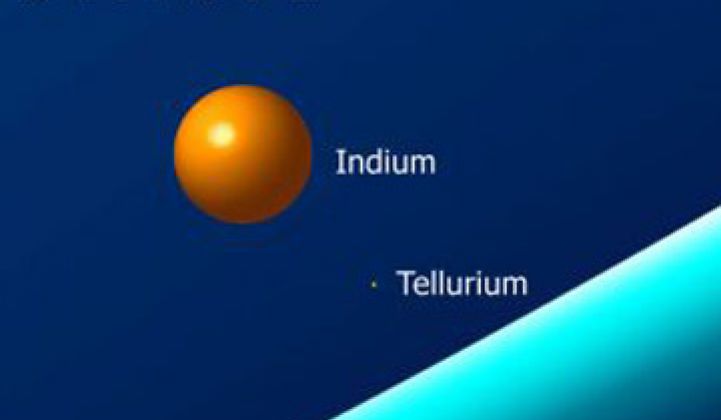San Francisco -- History shows that he who controls the factory wins, according to Frank van Mierlo, CEO of 1366 Technologies.
Although U.S. and European companies have moved large numbers of their factories overseas, leadership in manufacturing will determine the winners and losers over time, he said during a presentation at Photon International's startup conference, which took place yesterday in San Francisco. Why? Manufacturing innovation directly leads to better products at lower costs.
The Bessemer process cut the cost of producing steel by 80 percent, he noted. Glass was a known commodity to the ancient Greeks. However, the Pilkington process devised in the 19th century dropped the cost by 80 percent.
"If you want to innovate in manufacturing, you'd better do some," he said. "You can't innovate in manufacturing unless you innovate in equipment."
In the last several months, debates have raged over whether the U.S. should try to promote domestic manufacturing, even by using subsidies or regulations. Should the U.S. companies focus only on intellectual property and license it? Can you devise IP processes here and smoothly transfer them overseas to save money without losing your edge? Some say yes, but then execs like Micron CEO Steve Appleton strongly resist offshore manufacturing. (Intel has it both ways: while most of its testing and packaging plants exist in emerging markets, most of Intel's chip manufacturing facilities are actually in the U.S., Ireland and Israel.). It's an interesting conversation.
Van Mierlo also noted that the U.S. is in a position to increase its exports right now via strategic manufacturing. Currently, the U.S. produces around 40 percent of the world's high grade silicon for chips and solar cells. It's a $1.7 billion business, he said. But if U.S. companies turned that silicon into wafers, it would become a $7 billion business and add 50,000 domestic jobs.
He also pointed out that Gillette, the razor company, still produces in Boston. 1366, in fact, has recruited engineers from the company because of the precision engineering devised at the consumer goods company. Gillette puts out 10 razors a second on a manufacturing line.
1366 has coined a process it calls Direct Wafer. Molten silicon is directly converted into wafers, which can then be processed into solar cells. Traditional wafer manufacturing is a time-consuming, four-step process involving sawing and ingot formation in which half of the silicon is wasted. 1366's process results in little waste product and reduces the time required to produce wafers. Its multicrystalline wafers are also more consistent.
The company's goal is to produce wafers for around 25 cents a watt. Now, wafers cost around 72 cents a watt to make. A 25-cent wafer will lead to solar power -- including installation, electronics, and the module -- for $1 per watt. (The electronics will cost 10 cents, the balance of systems will cost 40 cents and the module will cost 50 cents.) Now, the cost is closer to $3.40, he said.
Like K.V. Ravi from Crystal Solar, which has also devised a unique wafer process, Van Mierlo was vague on details. However, he said think of it as peeling layers of ice off a lake. It sort of sounds like Post-It Notes. A solar cell made using this process requires only 3 grams of silicon, according to van Mierlo. (Crystal says it needs only 1 gram.)
The 1366 process was coined by Ely Sachs, the MIT professor who also developed the process behind Evergreen Solar. Evergreen has hit on hard times and has recently moved most of its work to China. While Evergreen has blamed low-cost modules from China for its travails, the company also made solar cells that were an unusual size. Evergreen corrected its size issue, but it took years. (See Evergreen Solar and the Politics of Failure.) Van Mierlo admitted that the novel size became a problem that "condemned" Evergreen to recreate the whole manufacturing change.
Although 1366 might share some intellectual affinity with Evergreen, the process is different. 1366 can pop out a wafer every 20 seconds and the wafers aren't a weird size. "It is 30 times faster than the original process created by Ely Sachs in his Ph.D thesis," he said.



